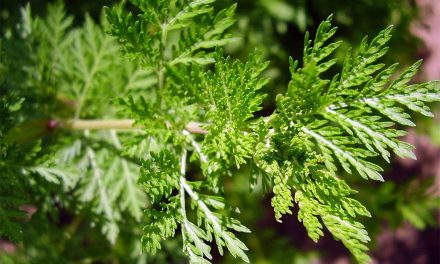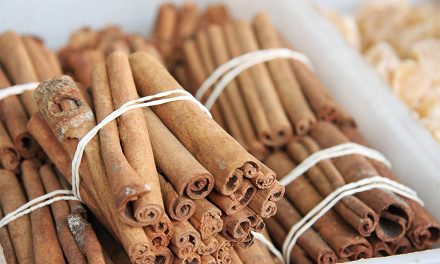A urinary tract infection (UTI) occurs when bacteria gets into the urine and begin to grow. The infection usually starts at the opening of the urethra where the urine leaves the body and moves upward into the urinary tract. Most infections involve the lower urinary tract – the bladder and the urethra. If a UTI spreads to your kidneys it can be very serious.
Some symptoms of Uti can be a burning feeling when you urinate, a frequent or intense urge to urinate, even though little comes out when you do, pain or pressure in your back or lower abdomen, cloudy, dark, bloody, or strange-smelling urine, feeling tired or shaky, fever or chills (a sign the infection may have reached your kidneys).Drinking a 240 ml glass of cranberry juice per day can help women to keep urinary infection at bay, says a study by Boston University in the US led by Kalpana Gupta an Indian-origin researcher. The study suggests that cranberries can also aid in decreasing the worldwide use of antibiotics.For the study, the team analysed 373 women for 24-weeks at 18 clinical sites throughout the US and France, is the largest clinical trial of its kind examining the effects of cranberry juice consumption on UTIs.
[wp_ad_camp_1]
The findings showed that daily consumption of an 8-ounce glass of cranberry juice can reduce symptomatic UTIs by nearly 40 per cent in women with recurrent UTIs. Also, it will help decrease the antibiotic use associated with treating recurrent UTIs.
“Currently the primary approach to reducing symptomatic events of UTI is the use of chronic antibiotics for suppression, an approach associated with side effects and development of antibiotic resistance,” said Professor Kalpana Gupta.
UTIs are among the most common bacterial infections in women worldwide. Some 150 million UTIs occur annually worldwide, according to the American Urological Association. Up to 60 per cent of all women suffer a UTI in their lifetime and up to 25 per cent experience a recurrence within six months. Antibiotics are usually the first line of treatment for urinary tract infections, and women who have frequent UTIs may be prescribed low-dose antibiotics. Unfortunately, chronic overuse of these drugs has increased antibiotic resistance at an alarming rate globally, the researchers said.
Cranberries contain multiple, unique elements and compounds including Type-A PACs (or proanthocyanidins) that prevents bacteria from sticking and causing infection as well as other anti-bacterial properties against E. coli — a type of bacteria commonly found in the gastrointestinal (GI) tract and a the major cause of UTI. “The key to cranberry’s benefit is consuming a glass daily to help avoid the infection altogether. Most people wait to drink cranberry juice until they have a UTI, but once the symptoms start they’ll likely need a course of antibiotics,” added Gupta in the paper published by the American Journal of Clinical Nutrition.
Source: NDTV News











good tips we can avoid the doctor and opertaion
We are not familiar with the name cranberry in South India.
Is there any other name by which it is called in the south ?
vaidyanathan
what is cranberry
I have read with interest above article which I feel is much helpful to me but to my dismay, I could not understand the Indian name for Cranberries. Will you be kind enough to tell me the same to enable me to take advantage of the information so kindly parted to me.
Cranberry fruit. I am not sure whether it is available everywhere.
But I heard that Indian wild-berries also help to prevent the same infection. Indian wild berry is known as”KARAVAND” in India. Will you please explain aboutthe difference between Indian Wild berry (karvand) and Cranberry. I have tried to extract juice, pulp etc of Indian wild berries(karvand). It is possible due to huge crop which is by default “organic” also. It tastes great. No person has any valid reason to reject it even as a medicine. I was told to add the powder of seeds of the fruit in the juice which has great medicinal properties. Please explain as soon as possible.
Cranberry is nothing but Kalakai (in Tamil) a wild plant abundantly grown in hilly terrains, which has now been commercially cultivated in Tamil Nadu and Andhra. Cranberry or Kalakai is widely used as Pickles in Southern India and its tasteless fruits are not generally consumed here.
What is the equivalent Indian fruit to Cranberry? How to prevent UTI